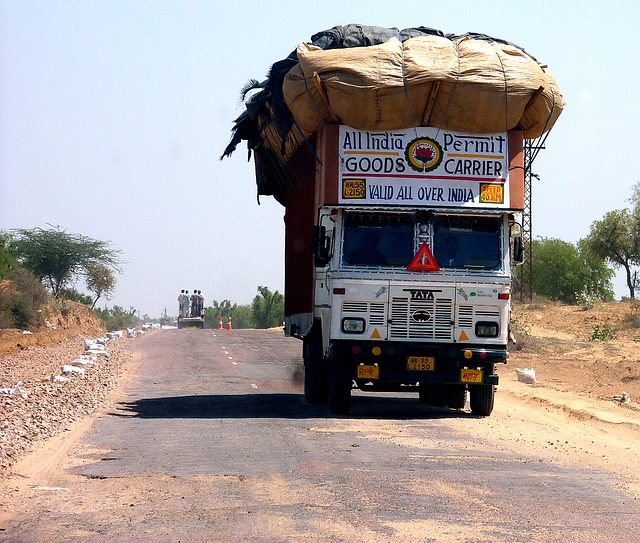

Dhar is a place of cultural and historical appeal of the destinations of Madhya Pradesh. Located in the Malwas region of Madhya Pradesh Dhar has its own significance as one of the most culturally rich destinations of Madhya Pradesh. Ruled by the Puaras, this place was a Maratha princely state and acquired the status of a Salute State, a sheer royalty during that period. There are many tourist places in and around Dhar. The Bagh Caves is a must visit. Another famous attraction is Pithampur, which is an industrial town. Dhar is the small town situated in the western region of Madhya Pradesh. The location of Dhar is extremely relevant and adds to the picturesque beauty of the place. Situated at 559 mts above sea level, Dhar is surrounded by lakes and hills and also old buildings containing immense historical importance, making Dhar tourism distinct. Fine arts, paintings, sculpture, music and dance form an integral part of Dhar. The people of Dhar from time immemorial have been thoroughly engaged in the work pertaining to arts and made their presence felt all over the world. The painting in the famous Bagh Caves speaks highly about the rich cultural potential of the people during the Gupta Period. The famous love story of Baaz Bahadur and Roopmati has inspired generations and still continues to do so. Every corner of this town speaks about their love story. Be it literature, dance or music, Baaz Bahadur himself took interest in cultivating these art forms and attained considerable recognition making Dhar well known. Dhar can be best visited during the months of October and November.
Tourist Attractions In Dhar : 11
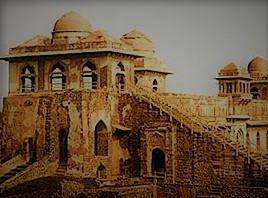
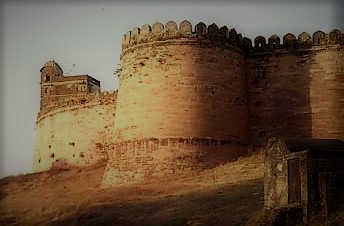
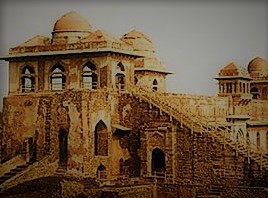

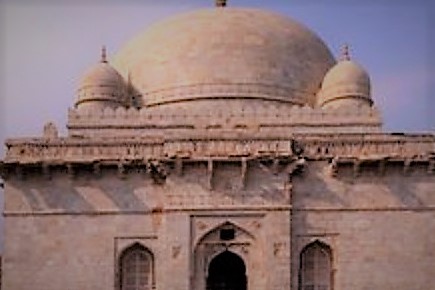


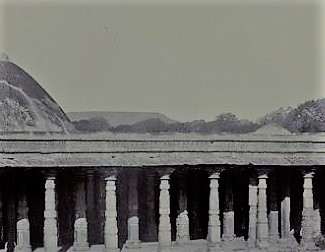

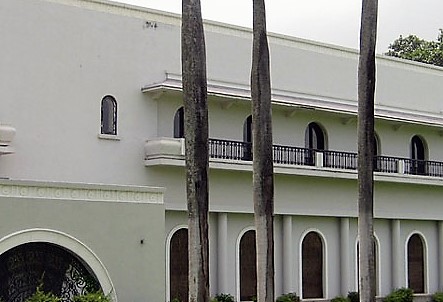
By Air - The nearest airport to Dhar is the Devi Ahilyabai Holkar National Airport in Indore which is at a distance of 62 kms. The Airport is connected to major cities of India.
By Train - Dhar does not have a rail head. One can either get down at Indore which is 62 kms which is connected to major cities. Alternatively, Ratlam which is 93 kms has four major Railway Tracks passing which are along Mumbai, Delhi and Ajmer.
By Road - Dhar is well connected by road to major cities within the state of Madhya Pradesh. National Highway 59 links Ahmedabad in Gujarat with Indore in Madhya Pradesh passes through Dhar. The National Highway 79 connects Ajmer in Rajasthan and Dhar in Madhya Pradesh.
By Bus - Dhar is connected by bus to prominent towns in Madhya Pradesh. One can avail the services of local and Government operated MPSRTC bus services travel to and from Dhar town.
1 - SHRI RAM VIJAY TEA HOUSE, LOCATED AT EKATA CHOUPATTY, NEAR MOHAN TALKIES - ( FAMOUS FOR POHA)
2 - YADAV, LOCATED AT LIG COLONY - (FAMOUS FOR PAAN)
3 - MAA KAUSHIKI RESTAURANT, LOCATED AT MHOW-GHATABILLOD ROAD, NEAR INDORAMA MANDIR - (FAMOUS FOR SAMOSA)
4 - MATESHWARI, LOCATED IN DHAR - (FAMOUS FOR POHA AND JALEBI)
5 - KRISHNA PALACE, LOCATED IN DHAR - (FAMOUS FOR DAL BATTI)
6 - JIJA, LOCATED AT 63 M G ROAD, DHAR NAKA MHOW - (FAMOUS FOR KACHORI)
7 - SANDEEP RESTAURANT, LOCATED AT DHAR ROAD, GANGWAY BUS STAND - (FAMOUS FOR SAMOSA AND TEA)
5 Nights
Updated 18 Oct 2019
8 Nights
Updated 18 Oct 2019